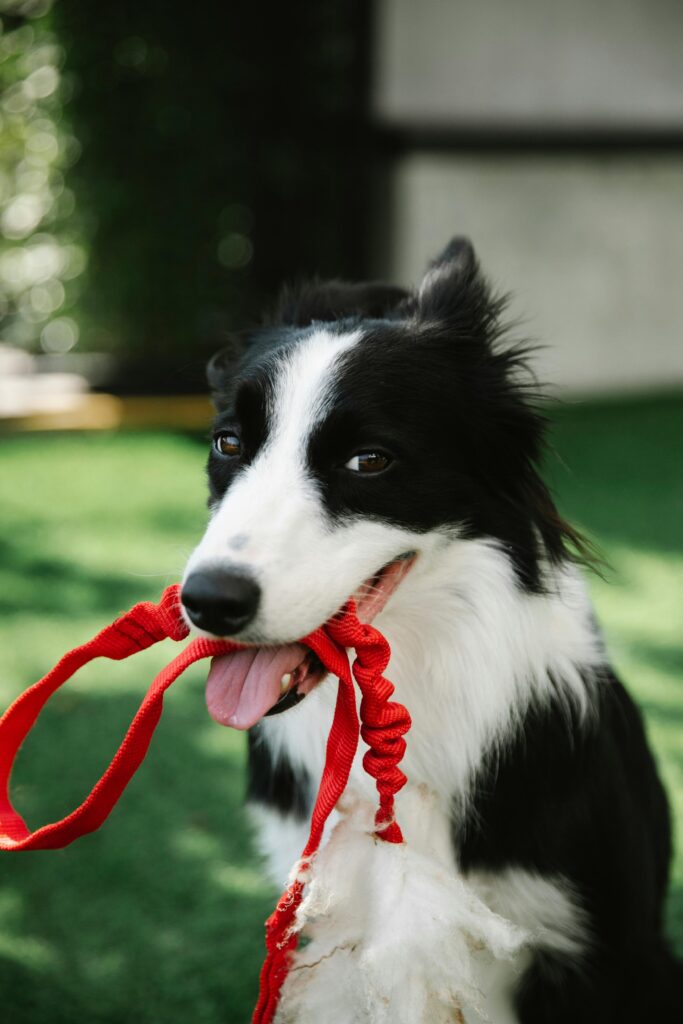Fall in Toledo is one of the best times to get outside with your dog. The cooler temperatures, colorful scenery, and festive community events make for endless opportunities to enjoy time together. But here’s the secret: every fall activity can also be a training opportunity. When you weave obedience practice into your adventures, you keep your dog’s skills sharp and their focus strong.
As a professional trainer, I encourage families to view fall outings not just as fun, but also as chances to reinforce training in real-world environments. Whether you’re heading to a pumpkin patch or walking through crunchy leaves at the park, your dog can practice commands while having fun.
Here are the top five fall activities that double as obedience training.
1. Hiking Trails for Loose Leash Practice
Toledo has plenty of scenic trails perfect for autumn walks. Hiking is a great way to let your dog enjoy new smells, but it can also be a test of leash manners. Every squirrel, jogger, or crunch of leaves is a distraction waiting to happen.
How to reinforce obedience on hikes:
- Practice loose leash walking at different paces
- Use “sit” and “stay” for water breaks or photo moments
- Practice recall in low-distraction areas with a long line
- Reward your dog for checking in with you instead of the environment
For more on why leash manners matter, read our guide on the best leash materials for training. The right equipment makes these outings smoother and safer.
2. Pumpkin Patch or Farmers Market Outings
Many local farms and markets allow dogs, making them a fun fall activity for the whole family. These busy environments are full of distractions, which makes them ideal for reinforcing commands.
What to practice:
- Duration “place” while you browse stands
- “Leave it” when food drops on the ground
- Greeting strangers politely without jumping
- Staying calm around kids and strollers
If your dog tends to get overstimulated, keep visits short and focus on small wins. Our Basic Obedience Program is designed to build the foundation needed for your dog to stay calm in these situations.
3. Backyard Play with Structure
Crisp fall afternoons are perfect for backyard fetch or tug sessions. But instead of letting play be all chaos, use it as an opportunity to reinforce rules and commands.
Make backyard play obedience-based by:
- Asking for a “sit” before throwing the ball
- Practicing “drop it” during tug games
- Mixing in “down” or “stay” between rounds
- Ending the game with a calm “place” command
Structured play builds impulse control and helps your dog see training as fun. For more strategies, explore our blog on game-based learning for dogs.
4. Camping or Bonfire Nights
Cool fall evenings are perfect for camping trips or gathering around a backyard fire pit. These relaxed moments give you the chance to reinforce calm commands.
Training ideas for outdoor nights:
- Use “place” on a mat or blanket while everyone relaxes
- Teach your dog to settle instead of begging for snacks
- Practice “quiet” if your dog barks at new nighttime noises
- Reinforce recall in safe, controlled areas around camp
5. Football Tailgates or Fall Festivals
If your dog is ready for higher levels of distraction, fall festivals or tailgate events are fantastic training opportunities. The sounds, smells, and activity are perfect for practicing obedience in public.
Obedience skills to reinforce:
- Walking calmly through crowds
- Holding “sit” while you chat with friends
- Ignoring food, trash, or dropped snacks
- Responding to recall even when distracted
The AKC’s event readiness tips provide a great overview of how to safely bring dogs into busy environments. With the right preparation, your pup can thrive in these social settings.
Final Thoughts
Fall is more than a pretty season. It’s an opportunity to combine fun with obedience training in ways that strengthen your dog’s skills and deepen your bond. Whether you’re hiking, shopping for pumpkins, or playing in the backyard, every outing is a chance to practice and reinforce good behavior.
If you want to make sure your dog is adventure-ready this fall, our Basic & Advanced Obedience programs can help. We’ll teach you and your pup the skills needed to enjoy the season to the fullest.
Ready to start building memories and manners this fall? Contact us today to set up your training program.



